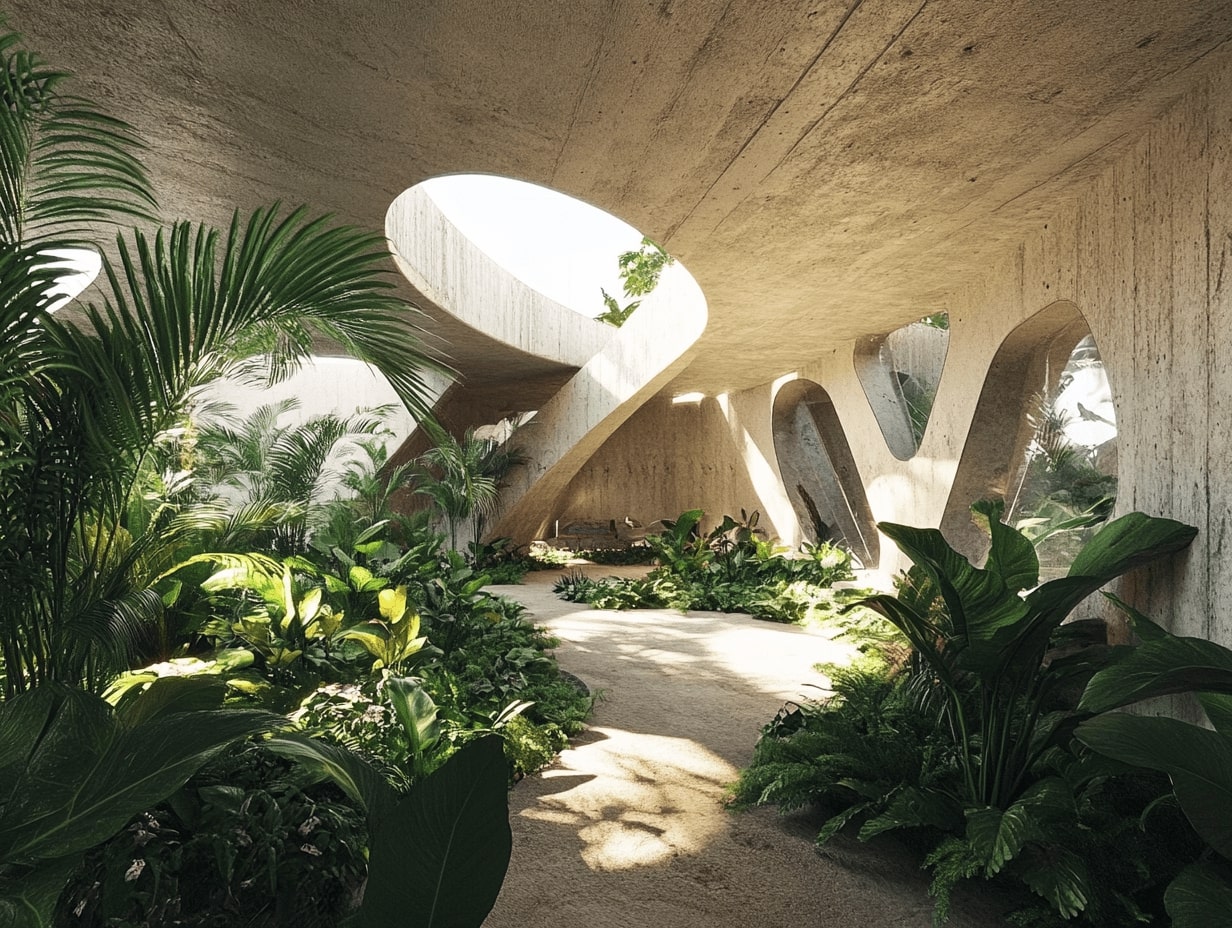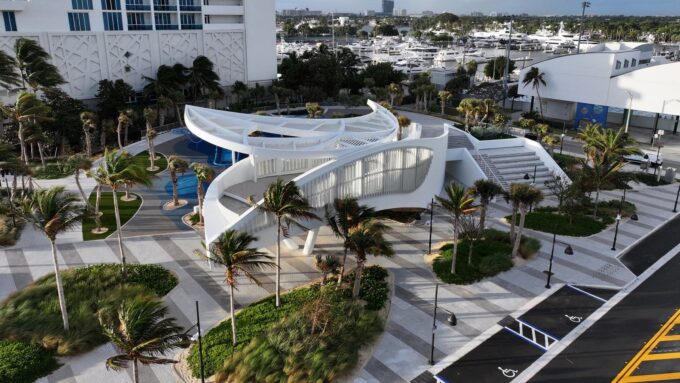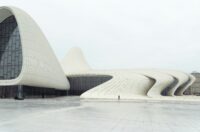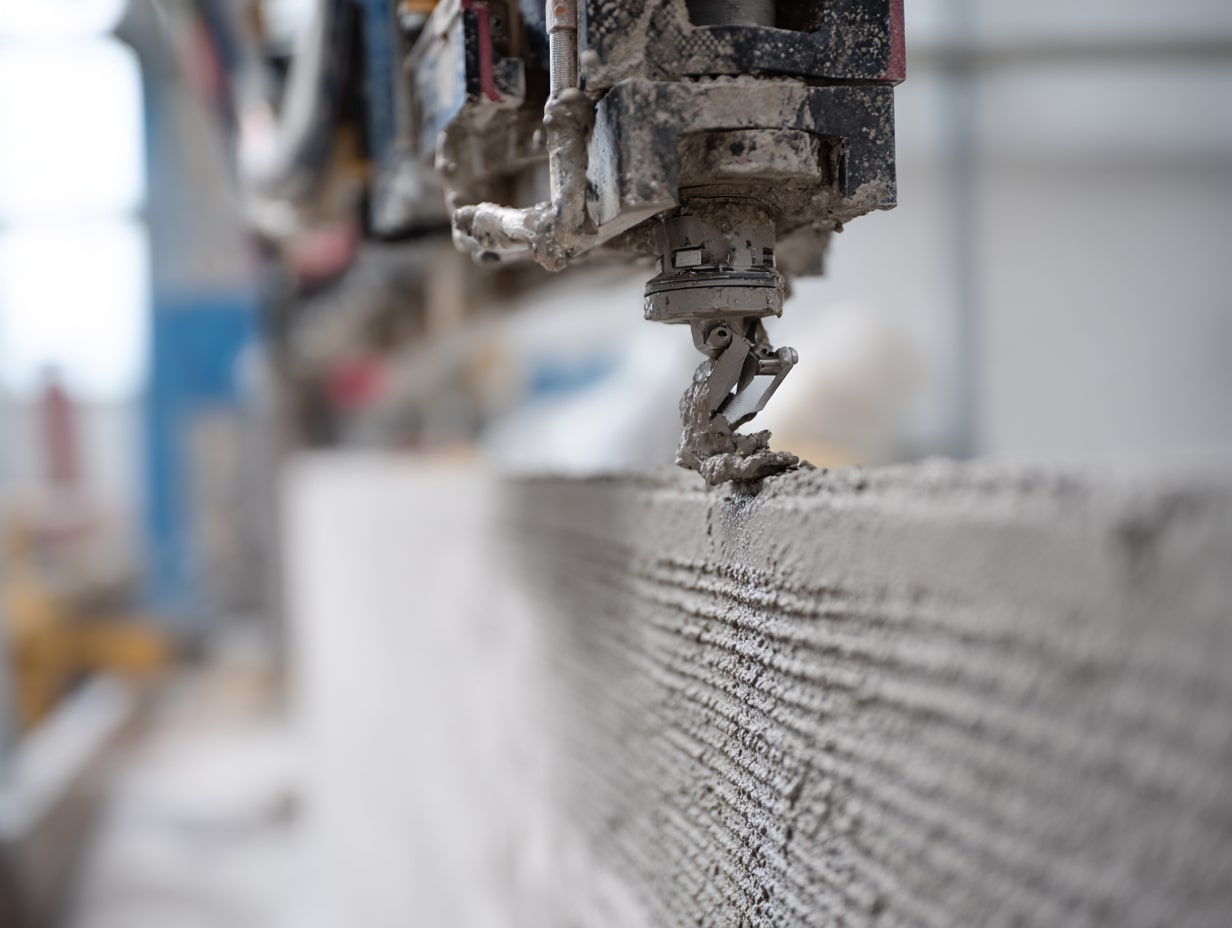- Home
- Articles
- Architectural Portfolio
- Architectral Presentation
- Inspirational Stories
- Architecture News
- Visualization
- BIM Industry
- Facade Design
- Parametric Design
- Career
- Landscape Architecture
- Construction
- Artificial Intelligence
- Sketching
- Design Softwares
- Diagrams
- Writing
- Architectural Tips
- Sustainability
- Courses
- Concept
- Technology
- History & Heritage
- Future of Architecture
- Guides & How-To
- Art & Culture
- Projects
- Interior Design
- Competitions
- Jobs
- Store
- Tools
- More
- Home
- Articles
- Architectural Portfolio
- Architectral Presentation
- Inspirational Stories
- Architecture News
- Visualization
- BIM Industry
- Facade Design
- Parametric Design
- Career
- Landscape Architecture
- Construction
- Artificial Intelligence
- Sketching
- Design Softwares
- Diagrams
- Writing
- Architectural Tips
- Sustainability
- Courses
- Concept
- Technology
- History & Heritage
- Future of Architecture
- Guides & How-To
- Art & Culture
- Projects
- Interior Design
- Competitions
- Jobs
- Store
- Tools
- More
Transforming Our Future: The Rise of Regenerative Architecture and Its Environmental Impact
Explore the transformative world of regenerative architecture, a revolutionary design philosophy that aims to repair and enhance our environment. This article delves into key principles, such as adaptive reuse and biophilic design, showcasing how buildings can contribute positively to ecosystems, foster community engagement, and promote sustainability.

As we face the pressing challenges of climate change and resource depletion, the concept of regenerative architecture is gaining momentum. This innovative approach goes beyond sustainability, aiming to create buildings and spaces that actively improve the environment. By integrating natural systems into our designs, we can foster ecosystems that thrive alongside human activity.
Regenerative architecture invites us to rethink how we interact with our surroundings. It encourages us to design structures that not only minimize harm but also contribute positively to the planet. From using renewable materials to harnessing energy from the sun, this movement inspires us to create a built environment that rejuvenates rather than depletes. Join us as we explore the principles and practices that make regenerative architecture a vital solution for a healthier future.

Table of Contents
ToggleOverview of Regenerative Architecture
Regenerative architecture represents a progressive shift in design philosophy, focusing on buildings as integral participants in their ecosystems. This approach prioritizes methods that not only minimize negative environmental impacts but also actively contribute to ecological health. We view regenerative architecture as an invitation to reimagine our relationship with the natural world, fostering a symbiotic connection.

Key principles underpinning regenerative architecture include:
- Adaptive Reuse: Emphasizing the repurposing of existing structures reduces waste and capitalizes on the embodied energy of materials.
- Biophilic Design: Incorporating natural elements into architecture enhances occupant well-being and strengthens the bond between humans and their environments.
- Resource Efficiency: Utilizing renewable materials and energy sources, such as solar panels and green roofs, significantly lowers a building’s carbon footprint.
- Ecosystem Services: Designing spaces that support biodiversity, improve air and water quality, and contribute to local agriculture reinforces ecological resilience.
We recognize that regenerative architecture doesn’t just respond to environmental crises; it actively seeks to repair and revitalize the planet. This transformative approach holds potential for cities and communities to become robust systems that thrive alongside nature, creating sustainable habitats for future generations.
Key Principles of Regenerative Architecture
Regenerative architecture emphasizes transformative practices that create a positive impact on the environment. This approach incorporates sustainability, ecosystem restoration, and community engagement.

Sustainability and Resource Efficiency
Sustainability and resource efficiency lie at the core of regenerative architecture. We prioritize the use of renewable materials, such as responsibly sourced timber and recycled metals, in our designs. We harness renewable energy sources like solar and wind power, ensuring minimal reliance on fossil fuels. Efficient design strategies, including passive solar heating and natural ventilation, reduce energy consumption while enhancing occupant comfort. Our goal is to create buildings that contribute to an ecological balance, conserving resources and minimizing waste.
Ecosystem Restoration
Ecosystem restoration plays a crucial role in regenerative architecture. We integrate green roofs, living walls, and native landscaping to support local biodiversity. These designs restore natural habitats, provide food sources for wildlife, and improve air quality. By incorporating rainwater harvesting systems, we enhance water management practices, allowing buildings to positively influence the hydrological cycle. Our aim is to design structures that not only coexist with nature but actively regenerate ecosystems.
Community Engagement
Community engagement is essential for effective regenerative architecture. We involve local communities in the design process, ensuring their needs and values shape our projects. Collaborative workshops and public discussions help clarify insights and encourage shared ownership. By designing spaces that foster social interaction, we create environments that strengthen community ties while enhancing well-being. Regenerative architecture flourishes when it reflects the voices and cultures of the communities it serves.
Benefits of Regenerative Architecture
Regenerative architecture offers numerous benefits that extend beyond traditional sustainable practices. These advantages impact the environment, economy, and communities, promoting a holistic approach to building design.

Environmental Impact
Regenerative architecture fosters a positive environmental impact through various strategies. Incorporating green spaces, like living walls and green roofs, enhances biodiversity and mitigates urban heat. Utilizing renewable energy sources, such as solar and wind, decreases reliance on fossil fuels while minimizing greenhouse gas emissions. Implementing rainwater harvesting systems conserves water resources and supports local ecosystems. Therefore, regenerative architecture not only reduces environmental harm but actively restores and rejuvenates natural habitats.
Economic Advantages
Regenerative architecture provides significant economic benefits. Initial investments in regenerative designs often lead to long-term savings by reducing energy and water consumption. Studies show that buildings designed with regenerative principles can lower operational costs by 10-50%. Additionally, properties with green certifications tend to command higher rental and resale values. By encouraging local sourcing of materials and labor, regenerative architecture supports local economies, creating jobs and fostering economic growth within communities.
Social Value
Regenerative architecture enhances social value by prioritizing community well-being and engagement. Involving local residents in the design process ensures projects align with their needs and aspirations. This collaborative approach fosters a sense of ownership, strengthening community bonds. Furthermore, biophilic design elements, which integrate natural environments into buildings, improve mental health and productivity among occupants. By creating inviting and nurturing spaces, regenerative architecture supports healthier, more connected communities.
Challenges and Considerations
Regenerative architecture presents unique challenges. Addressing these complexities requires careful planning and adaptation to ensure successful implementation.

Design Complexity
Design complexity arises from the need to integrate multiple systems and elements that promote environmental health. We encounter intricate relationships among natural ecosystems, built environments, and human activities. For example, combining renewable energy systems, water management strategies, and biophilic design features demands a comprehensive understanding of each component’s function and interaction. Designers must navigate these layers while ensuring that the overall structure remains functional and aesthetically pleasing. Collaborating with multidisciplinary teams can facilitate this process, promoting innovative solutions that enhance both utility and ecological benefit.
Regulatory Hurdles
Regulatory hurdles pose significant challenges in adopting regenerative architecture. We face stringent building codes and zoning laws that may not accommodate novel practices or materials. Compliance with existing regulations often requires extensive documentation and assessments, which can delay project timelines and increase costs. Additionally, securing permits for unconventional designs, such as living walls or rainwater harvesting systems, may add complexity. Engaging with local authorities early in the design process can streamline approvals and foster a supportive environment for innovative practices, ultimately enhancing the potential impact of regenerative architecture on our built environment.
Conclusion
Regenerative architecture represents a vital evolution in our approach to the built environment. By focusing on holistic solutions that enhance ecosystems and communities, we create structures that actively contribute to environmental restoration. The integration of adaptive reuse and biophilic design not only reduces waste but also fosters well-being among occupants.
Our commitment to resource efficiency, through renewable materials and energy solutions, drives down operational costs and lessens ecological footprints. Furthermore, incorporating green infrastructures like living walls and rainwater harvesting systems supports urban biodiversity and air quality, reinforcing our role as stewards of the planet.
Engaging local communities throughout the design process remains essential for fostering ownership and ensuring projects align with their needs and values. This collaboration nurtures social ties and cultivates resilient neighborhoods that thrive in harmony with nature.
Despite the challenges we face, such as design complexity and regulatory hurdles, our proactive engagement with local authorities and continual adaptation of strategies position us to harness the full potential of regenerative architecture. Collectively, these efforts enhance not only our built environments but also the overall health of our communities and ecosystems, forging a sustainable path toward the future.
- Biophilic Design
- Carbon-neutral architecture
- circular economy in construction
- climate-responsive design
- Eco Friendly Architecture
- Environmental impact of architecture
- green building design
- innovative sustainable architecture
- Low-impact building methods
- Net-zero energy buildings
- Regenerative architecture
- Renewable materials in construction
- sustainable building practices
- sustainable urban development
- sustainable urban planning
I create and manage digital content for architecture-focused platforms, specializing in blog writing, short-form video editing, visual content production, and social media coordination. With a strong background in project and team management, I bring structure and creativity to every stage of content production. My skills in marketing, visual design, and strategic planning enable me to deliver impactful, brand-aligned results.
Submit your architectural projects
Follow these steps for submission your project. Submission FormLatest Posts
3D Printed Homes: Time, Cost, and What to Expect
3D printed homes explained: realistic timelines (24–72h walls, 8–16 weeks total), true...
How a Contact Centre Boosts Trust in Your Building Business
In construction, trust is the glue that holds projects together. Clients need...
How Real Time Parcel Geolocation Is Redefining Last Mile Efficiency for Modern Businesses
Last mile delivery has become the most critical point in the customer...
How Can Small Spaces Stay Stylish and Relaxing?
In today’s fast-paced urban lifestyle, small living spaces are becoming increasingly common....












Leave a comment